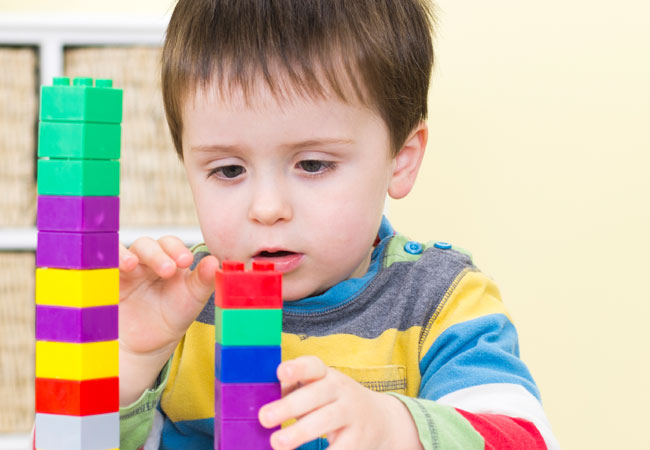
18 Apr Autism Spectrum Disorder (ASD)

Autism Spectrum Disorder (ASD)
Hamid Reza Amanatkar, MD
As a child and adolescent psychiatrist, I see the struggle of many families handling the behaviors of their children with Autism. The burden of this disorder on our patients, their families, educational systems and overall on our society is immense. I recall a severe case of Autism in a non-verbal young adult man with intellectual disability who caused so much suffering to his family as he frequently became aggressive towards his old parents and often shattered his computer screen. In another case, aggressive behaviors of a grade school boy resulted in getting expelled from multiple schools. His mom reported hours of tantrum to the extent that parents had to leave him in the room while in the interim, this boy destroyed whatever comes in his hands. Although Autism Spectrum Disorder has a broad spectrum of severity and functioning, aggressive behaviors might be seen in some of these patients (one out of 4 children with Autism).
Unfortunately, lack of public awareness about Autism Spectrum Disorder might lead to late diagnosis and as a result, most of these children lose the golden time for intervention which is prior to the age of 4 years. It is a general consensus in our field that early intervention in the trajectory of this disorder improves the future outcome to a large extent; thus raising awareness about this disorder is very important.
Autism Spectrum Disorder (ASD) is a brain disorder that impairs reciprocal (back and forth) verbal and nonverbal interaction of the patient with others leading to difficulty of these patients to initiate and maintain a relationship. As a result, these patients suffer from more loneliness and isolation. They might have higher sensitivity to certain sounds, smells, touch and tastes; and lower sensitivity to pain. They often have difficulty transitioning from one activity to another activity and might find it hard to break their routines. They might have repetitive movements such as rocking, spinning, hand flapping or repeating what they hear from others in response. Last epidemiological studies revealed that 1 in every 54 children has been diagnosed with Autism Spectrum Disorder by age 8 in the United States and this disorder is over four times more common among boys than in girls.
These are symptoms and signs raising concerns that the child might have Autism Spectrum Disorder:
- Making very little or no eye contact
- Not responding to a parent’s smile by 6 months
- Not mimicking sounds or facial expressions by 9 months
- Not babbling or cooing by 12 months
- Not turning his/her head when his/her name is called by 12 months
- Not looking at objects a parent is looking at or pointing to by 12 months
- Not gesturing such as waving or pointing by 14 month
- Not saying any words by 16 months
- Not saying two-word phrases by 24 months
- Losing language or social milestones at any age
- Mixing up pronouns such as referring self as “you” and others as “I”
- Playing with parts of toys instead of the whole toy (e.g., spinning wheels of a toy truck) or lining toys up or piling them up
- Rocking, spinning, swaying, twirling fingers, walking on toes for a long time, or flapping hands (these behaviors are called “stereotypic behaviors”)
- Obsessed with a few unusual activities, doing them repeatedly throughout the day
- Not being able to make friends or is uninterested in making friends
- Not starting a conversation with others or not being able to continue a conversation
- Not using toys to represent real life in pretend play
- Not being able to perceive what others might be thinking or feeling by looking at their facial expressions
- Not being able to show concern or limited empathy for others
Children with Autism Spectrum Disorder might need many hours of intensive therapy in early childhood including ABA (Applied Behavioral Therapy) to address their maladaptive behaviors, Speech Therapy to improve their communication skills, Occupational Therapy to help them interact with others and build basic life skills, and later in life social skill training. In nonverbal or minimally verbal children, speech-generating devices and Apps can be helpful in promoting social interactions and independence.
Children with Autism Spectrum Disorder do not need medications per se; unless they have seizures or demonstrate frequent self-harm behaviors such as head banging or aggressive behaviors towards others. Moreover, medications might be utilized to treat other mental illnesses that co-occur in these patients such as anxiety, depression, OCD and ADHD.
______________________________________________
I recommend watching these movies to parents of an Autistic child:
1) Life Animated
2) Talk to Me: a documentary film about children with Autism
3) Temple Grandin
4) X+Y
Picture is adopted from Cleveland Clinic’s Health Essentials website.

